Ultimate Welded Differential Guide | Top Q&A
Are you tired of your buddies mocking your one tire fire? It’s time to explore upgrading your differential. We’re looking at the budget solution in this guide – welded diffs.Reading: how to weld a diff
- How A Welded Diff Works
- How To Weld A Diff
- Welded Diff On A Daily Driver
- Welded Diff vs. Open Diff vs. LSD
- Common Welded Diff Questions
- Conclusion
Introduction
Contents
Whether you know it as the one tire fire or the one wheel peel, we’ve all been there when that one dude at the local meet tries to show off, but it all goes cringeworthily wrong.If that dude happens to be you, we apologize.However, we’re here to help you redeem yourself for your next attempt, which will hope will be slightly less embarrassing when you finally manage to smoke them out with your newly-improved welded diff burnout.If you’ve ever witnessed a full-blown budget drift missile, we’d be willing to bet pretty decent money that they opted for welding their differential.However, they aren’t exclusively useful for missile builds.Welded diffs can offer the perfect budget-friendly alternative for those of you that are getting into drifting, but haven’t got huge chunks of cash to throw at every upgrade.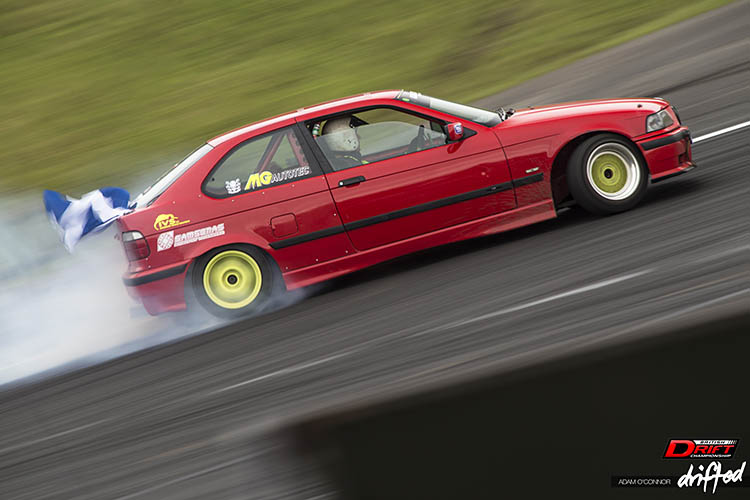
How A Welded Diff Works
Typically, most cars come with an open differential, ensuring that the outside wheel turns faster than the inner wheel, enabling the most efficient and practical way of turning a corner.It probably won’t come as much of a surprise that a welded diff won’t be quite as efficient or practical for everyday use.However, it will essentially lock the axels together, enabling both wheels to spin simultaneously, and upon cornering, the inner wheel will lose traction and skip.When combined with speed and hopefully a little bit of practice, this enables you to intentionally force the car to oversteer, which will be the first step on your goal to mastering the art of drifting.When it comes to drifting or oversteer, the diff must remain locked for optimal control, and as you may have guessed, welding a slab of metal into your differential is going to be the cheapest way to help you achieve that.With your locked diff, your throttle input during the corner will keep both of your cars back wheels spinning at the same speed, hopefully encouraging your vehicle to maintain a (perhaps not so) controlled slide or drift.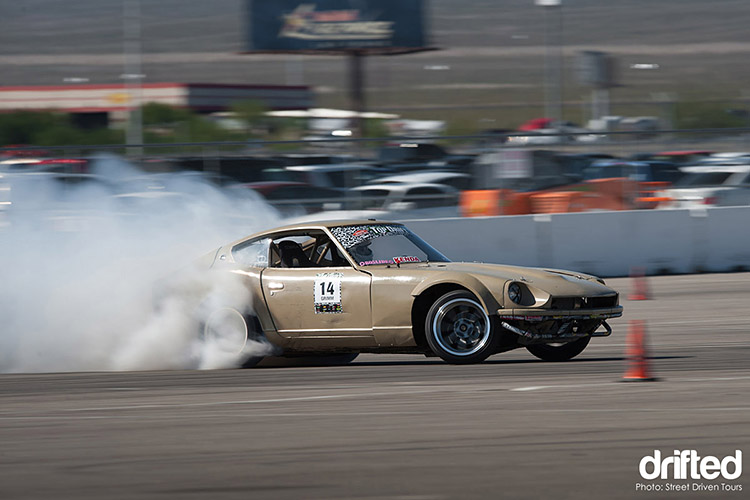
How To Weld A Diff
Before you weld your diff, we recommend checking over your drivetrain to ensure that everything is healthy. It may also present an excellent opportunity to upgrade your rear bushings at the same time.It also helps if you know someone who has experience with welding, although this is one of the easier jobs, so as long as you’ve got a decent guide at hand, things should (hopefully) go smoothly.If it’s your first experience welding, then always make sure you do some test/trial runs to begin, as having a welded diff become unstuck is likely to render your diff unusable.So, let’s get started with welding your differential.
Step 1: Get yourself a welder
You may have guessed, but at this point, the first step if doing this yourself is to purchase or borrow a welder!
Step 2: Remove the differential from your car
Alternatively, you can also opt for purchasing a spare diff to weld, as a ‘just in case’ precaution. These can often be bought for cheap, depending on the vehicle, and spares are (of course) always useful to have.Although this step sounds simple, if you’ve got a rusted rear end, removing the diff can often prove to be the most challenging part of the entire process!
Step 3: Drain the oil, and remove the diff housing
Make sure you’ve got a suitable container for the oil to go in before you remove the diff housing so that you can immediately pour the oil out.Some opt for using the ‘window’ in the differential rather than removing the casing, but we would always recommend removing, especially for beginners, also allowing for a full inspection of the condition for peace of mind.Once you’ve got rid of as much oil as possible, it’s advisable to clean up the diff as best you can with non-chlorinated brake cleaner or a similar product, do NOT use a chlorinated brake cleaner, as this can release toxic gases when welding.
Step 4: Get welding!
Read more: How to draw an Orc step by step | Top Q&ANow that you’re confident you’ve removed the oil and got the diff as clean as possible, it’s welding time.At this point, consider getting a competent assistant on hand, or ensure that you’ve already got some initial practice in.Now that you’re ready to get started, we’ve found that the best way to approach welding your diff is to begin where the spider gears meet.It’s these gears that are currently allowing your rear wheels to rotate at different speeds, so welding them up will seize them solid, forcing your rear wheels to begin spinning simultaneously.Turn the welder to full power, with the wire speed a bit lower than full, and ensure that you’re heating the teeth of the gears well.Weld the gear teeth together in each corner, and don’t be afraid if they start glowing if you’re able to get it that hot.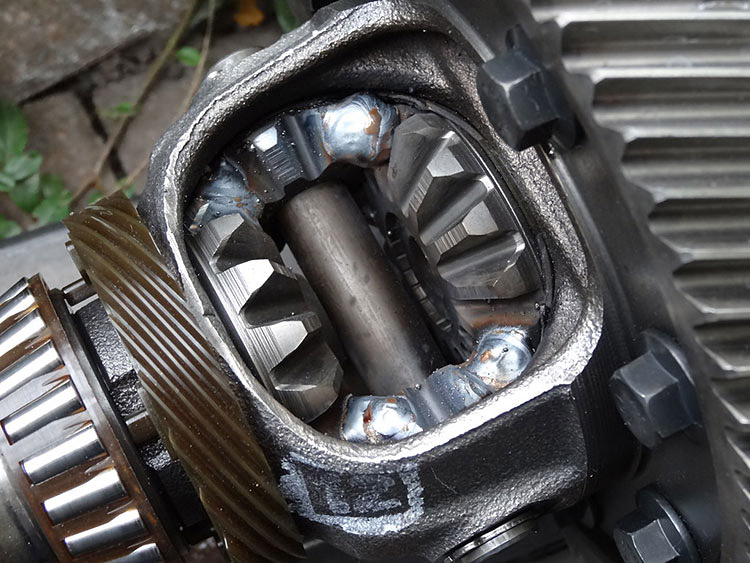
Step 5: Cleaning up and refitting
Now that your welding is complete, it’s time to have a clean up to ensure there’s no debris left inside.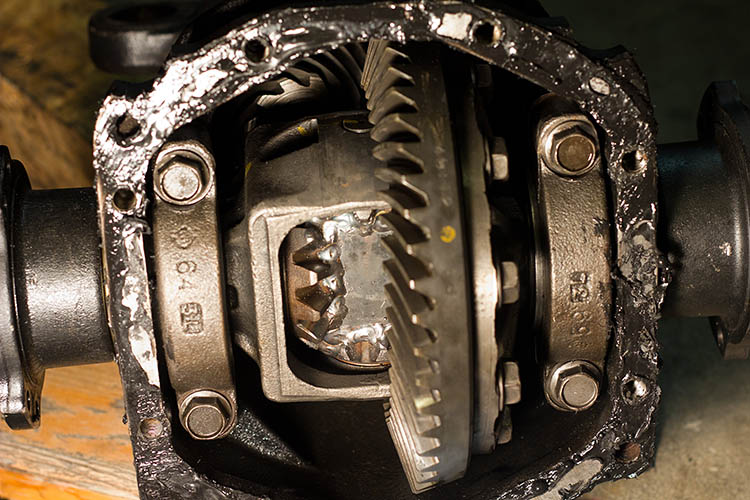
Welded Diff On A Daily Driver
Admittedly, we probably should’ve informed you about what you’re likely to encounter when daily driving your welded diff before welding, but where’s the fun in that?You’ve likely read all the horror stories about how unbearable daily driven cars are when it comes to a welded diff.Sure, it’s certainly a different experience, but is it as bad as the forum heroes make out? Not really.When daily driving with a welded diff, there will become additional precautions and techniques that you’ll soon implement to make things more convenient.While it’s an ideal option for a budget weekend drifter, it’ll soon change how you approach the simplest of tasks when you’re navigating the local streets.Although you’ll have no idea that you’ve got a welder fitted when you’re cruising on the straight highway, it’s a different story it comes to basic tasks, such as creeping around the local parking lot.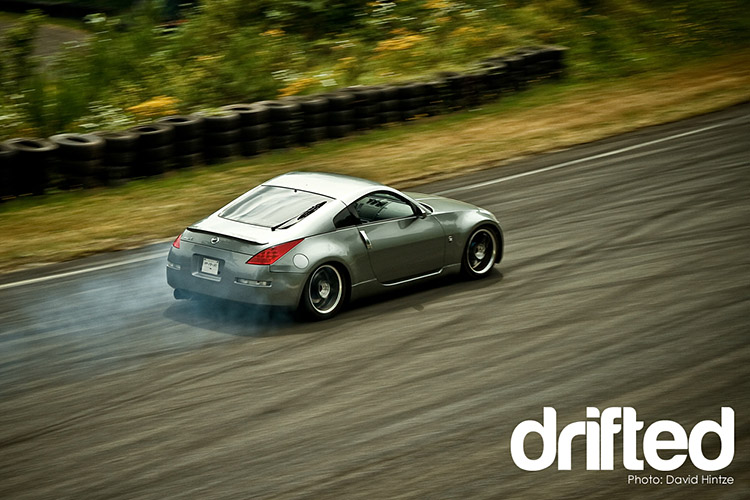

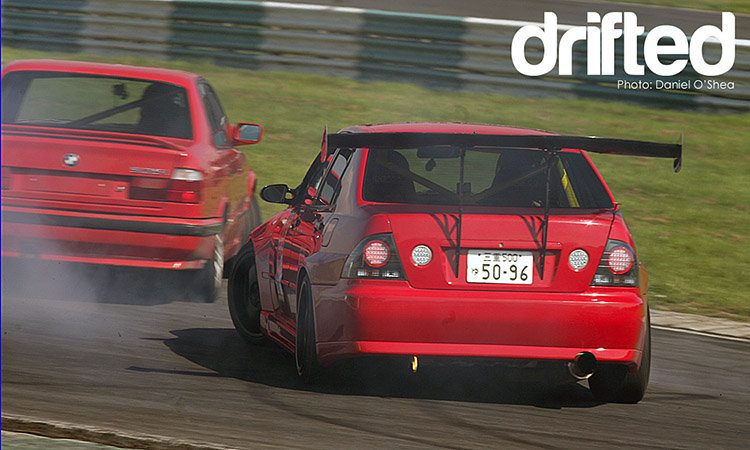
Welded Diff vs. Open Diff vs. LSD
Although we’ve explored open diffs and welded diffs quite a bit already, where does the limited-slip differential come into the mix?LSD’s provide a middle ground between the two and often come with a premium price tag.Where your car is likely to have an open diff already, we know that a welded diff doesn’t come with much additional cost, but things can add up quickly when it comes to LSD’s.Read more: how to make the audience care about a characterDespite this, there’s no question that LSD’s offer the friendliest all-round experience of the three.Where the open diff is never locked, and the welded diff permanently, the LSD allows both.An LSD will only lock up once a certain amount of torque difference is provided, dictated by the clutch plates.So, although it takes a bit more effort to get the back-end out, especially in lower-powered cars, it also means you’re less likely to have it happen when you least expect it.
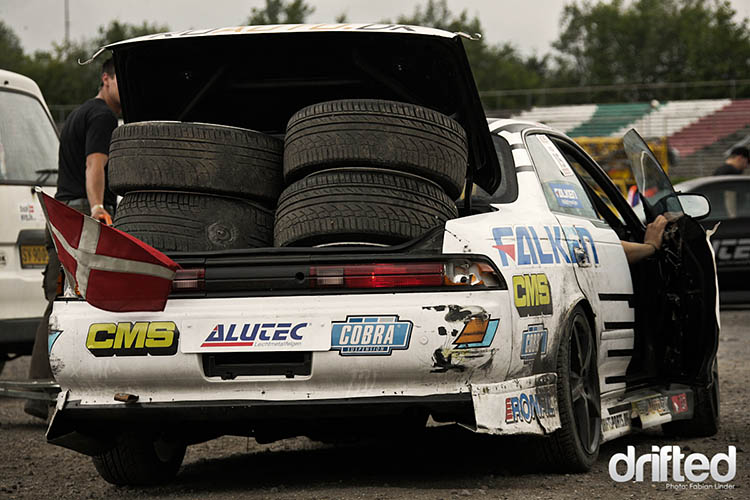
Common Welded Diff Questions
We’ve noticed a common trend in those considering welded differentials, so we’ll provide some brief answers here.
Can you track a welded diff?
Although they’re fantastic for drifting at the track, a welded diff can provide understeer on turn-in, which isn’t ideal for grip racing.For those interested in doing both drift days and track days, an LSD is likely to help you achieve superior lap times.
How long does a welded diff last?
The reliability of a welded diff mainly comes down to how well executed the welding was in the first place.When welded correctly, we would expect long-lasting results with almost zero maintenance.On the other hand, with terrible welding, it’s anyone’s guess before you’ll inevitably be fishing metal shards out of your diff.It is worth considering that you are likely to put more strain on the drivetrain components, which usually affects the reliability in other areas such as subframe mounts, bushes, and driveshafts.
Where can I get a diff welded?
It may be useful to ask this on your local car owners’ clubs.Try to find someone that has a good reputation, and if possible, try and be there when they do the job so that you’re happy with the welding job based on your new-found knowledge.Prices for this can vary, but if you’ve already removed the diff, or you’re taking a spare, we would expect it to cost around $50.
Can you unweld a diff?
Simply – no.Once you’ve welded your diff, it’s a done deal, and if you regret your choice further down the line, your best options will be to swap or replace it.
What happens when a welded diff breaks?
The best-case scenario would be that you lose the drive, and you’ll have a junk diff that’s full of metal shards.The worst-case scenario could be that your car suddenly grips-up mid-drift when you least expect it, and, as you can probably imagine, that’s not likely to end too well; this is why we feel it’s vital to ensure substantially strong welds and complete coverage.
Conclusion
So, the common question here seems to be ‘Is a welded drift bad?’.A welded diff isn’t a bad thing by any means. In fact, for a budget drift car, it’s going to provide the perfect opportunity to throw your missile down sideways at the track without having to spend big bucks.Is it the perfect solution for daily driving? No. However, it’s far from impossible.Sure, there’ll be a lot of unnatural reactions from the car to deal with initially, and you’ll undoubtedly need to prepare yourself for the confused stares in the parking lot, but you’ll soon learn to adapt to the ‘quirks’ of a welded diff.
Photography credits
We thank the following entities for the use of their photography in this article:Read more: Chinese Frog Fasteners : 5 easy types {Tutorial}
Last, Wallx.net sent you details about the topic “Ultimate Welded Differential Guide | Top Q&A❤️️”.Hope with useful information that the article “Ultimate Welded Differential Guide | Top Q&A” It will help readers to be more interested in “Ultimate Welded Differential Guide | Top Q&A [ ❤️️❤️️ ]”.
Posts “Ultimate Welded Differential Guide | Top Q&A” posted by on 2021-09-17 03:26:29. Thank you for reading the article at wallx.net





